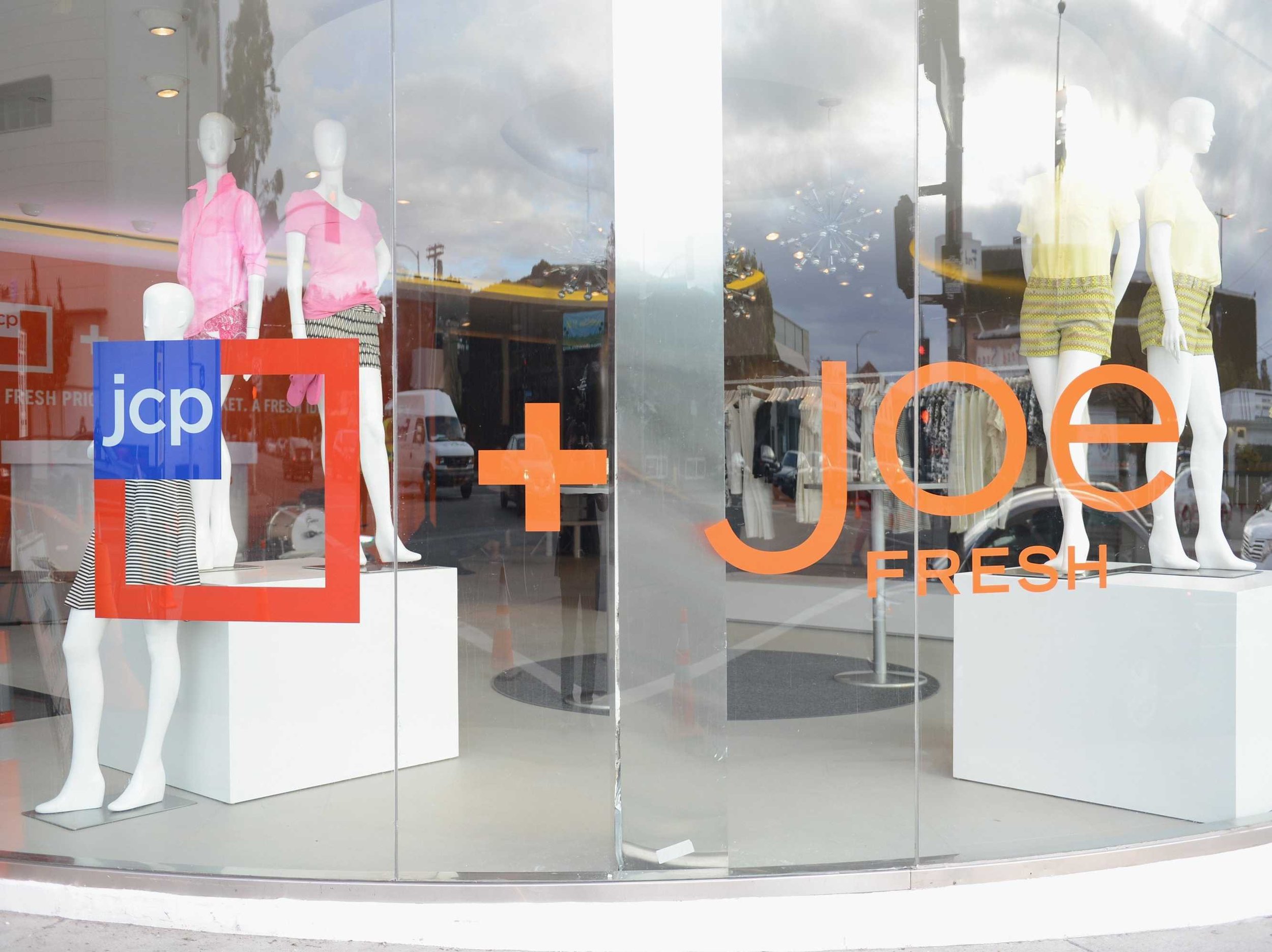Improving department store productivity - Mini malls
Photo credit - Jason Kempin/Getty Images
“We think of each one of our stores, in many ways, like a mall.”
Hudson's Bay, North America's oldest department store, has seen small increases in their performance to date. Sales per square foot reached $140 in 2012, up 5 percent from the previous year. This is well below the $1,936 per square foot lululemon achieved in in the same year, and the estimated $1,000 per square foot at privately-held Holt Renfrew.
JC Penney has had the same space performance challenge, and the introduction of the Sephora shop-in-shops increased that space to $600 per square foot. Similarly, Hudson's Bay introduction of Top Shop netted $700 per square foot in the branded shop. Hudson's Bay CEO, Richard Baker recently told the Financial Post, "we think of each one of our stores, in many ways, like a mall". The retailer recently announced Kleinfeld bridal boutiques will be opening within their stores next year.

